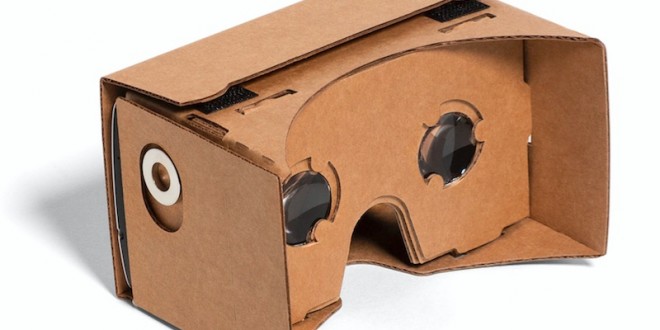Google’s Cardboard division, which oversees development of the VR platform and its associated software, announced on Wednesday that it is updating the platform’s SDK to allow developers to integrate “spatial audio” into their apps.
This update gives developers some tricks to make sound more positional. For example, sound from a virtual source to the user’s right will be played with a slight delay and less high-frequency content in the left ear to emulate the dampening qualities of our skulls.
The new SDK also lets developers specify the size of the space where their VR experiences are playing out, so a virtual concert hall or movie theater will sound appropriately different from a bedroom or office.
Google also says this SDK is optimized for the multi-core CPUs of today’s mobile devices, so positional audio won’t compete with an app’s main thread for CPU resources. The SDK also lets developers control the quality of sounds, so each audio source can be reproduced with only as much fidelity (and CPU resources) as it needs.
Developers who want to add more spatial awareness to the sounds in their Cardboard apps will get a full set of cross-platform Unity components and a native Java API for Android today.
Agencies/Canadajournal
 Canada Journal – News of the World Articles and videos to bring you the biggest Canadian news stories from across the country every day
Canada Journal – News of the World Articles and videos to bring you the biggest Canadian news stories from across the country every day



